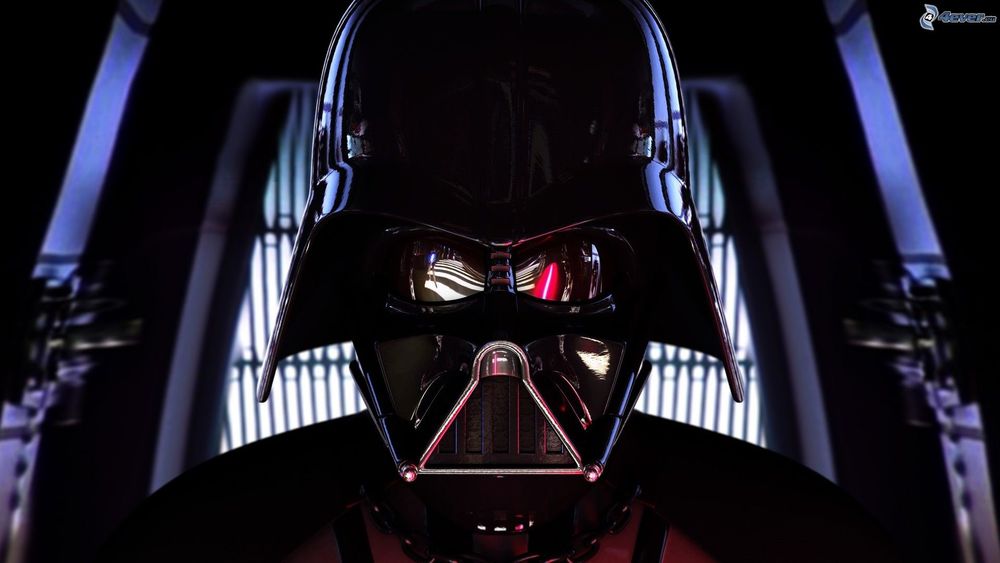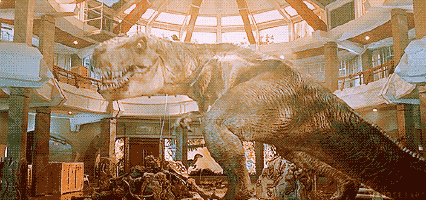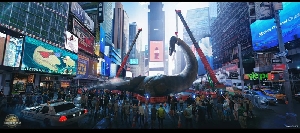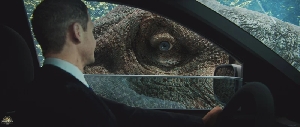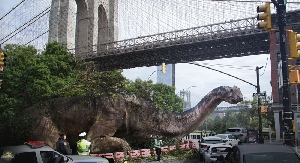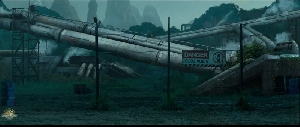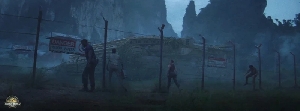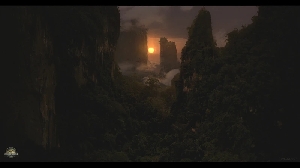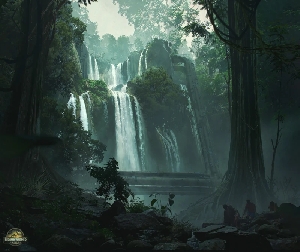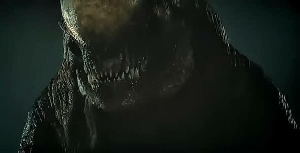Mesozoic Marvels: Episode 5
Dinosaurs Forum Topic

Rex Fan 684
MemberCompsognathusFeb 3, 20142588 Views7 Replies230 million years ago, a new group of animals arrived on the scene. Nothing, before or after, were like them. They are perhaps the most extraordinary creatures of all time. The dinosaurs. For 160 million years they dominated the Earth. From as far north as Alaska, to as far south as Antarctica. From the plains of Australia, to the forests of America. The dinosaurs were one of lifes great success stories. Now, take a journey back in time and experience their world. The world of these Mesozoic marvels.

Episdoe 5: Dinos Down-Under
100 million years ago, the continents continue to split apart and move off in different directions. Australia is still close to the South Pole, although it’s finally begun to split from Antarctica. Winters are bitterly cold and summers are very dry. Because of this, dinosaurs have to be tough to survive. For years, Australia’s dinosaurian history has been shrouded in mystery. However, in recent years, new species have been emerging at a fast rate. One such discovery was the terrifying predator Australovenator.
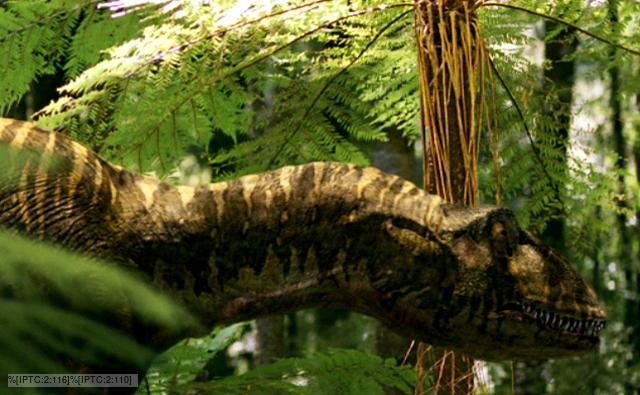
Australovenator is Australia’s best known predatory dinosaur. It’s also the largest known from good remains. At 16-20 feet long and 1,000-1,500 pounds, it has the goods to rip apart anything it wants. It’s classification is shaky as some scientists classify it and it’s close cousins as allosaurids while others classify it as and it’s relatives as tyrannosaurids. Either way, this southern hunter was probably the top predator of Australia 100 million years ago.
Australovenator was both a pack and solitary hunter. When alone like this female, Australovenator tends to hunt small to mid-sized prey. As she stalks through a forest thick with conifer trees, she finds suitable prey. A flock of small dinosaurs called Leaellynasaura.
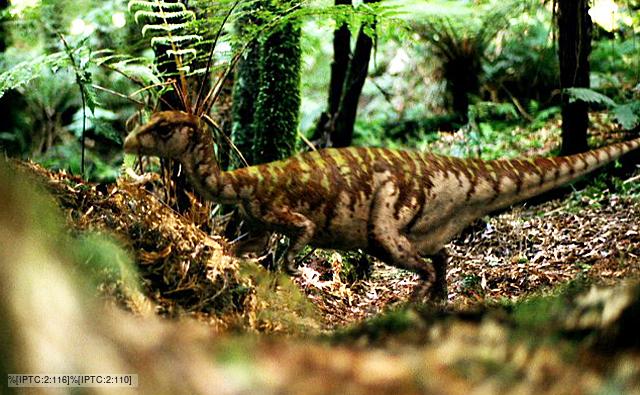
Leaellynasaura is another well known dinosaur from Australia. At a mere 3-6 feet long and only about 30 pounds in weight, they have few defenses against predators. They do have sharp eyesight and lighting fast speed on their side though. These dinosaurs are constantly on the alert.
As the majority of the flock of little dinosaurs browse on the forest floor, a lone sentry keeps a lookout from the top of a dead tree. From here he can see for quite a ways. As his sharp eyes scan the forest for danger, he catches a glimpse of a shadowy figure moving through the trees. He’s not sure what it is and continues to follow it with his eyes. Then the sentry sees the large talons tipping each finger and sounds the alarm. The flock scatters as the Australovenator attacks. As she zigzags through the trees, the predator lunges with her jaws and large hand claws in an attempt to catch one of the Leaellynasaura. But the small dinosaurs are quickly pulling ahead. Eventually, they exit the forest and are on the open plains. They head straight for the relative safety of the larger herbivores feeding there. The Australovenator stops dead in her tracks as she stares up at a towering sauropod. It’s a herd, 20 plus members strong, of Diamantinasaurus.

Diamantinasaurus is one of Australia’s biggest dinosaurs. These titans stretch over 60 feet in length and tilt the scales at 15-20 tons. These titanosaurs are covered in armor and their immense size deters most attackers. Especially loners.
The giant sauropods stare at the smaller predator and bellow a warning. The Australovenator hisses at the titans and turns tail and flees. The small Leaellynasaura stick close to the sauropods for protection. As the Australovenator disappears back into the forest, the herbivores begin to feed again.
As the female theropod leaves, she begins to head back to the center of her territory. When she arrives, she is greeted by a loud hiss. It’s her mate guarding their nest. These protective parents don’t take any risks when it comes to protecting their young. The female submissively flashes her throat colors and the male lets her pass. He nuzzles her in comfort as he knows she did her best to get a meal. They look at their nest. The eggs will hatch soon and the chicks will need food as soon as possible. As the parents decide on what to do, they hear a loud trumpeting sound. They perk up at the sound as they know it means one thing. Food.
A few miles away, a massive herd of dinosaurs makes it’s way through the Australian continent. These dinosaurs are migrating from Antarctica to their winter feeding grounds in Australia. It’s a species of iguanodont and a well known Australian dinosaur. Muttaburrasaurus.
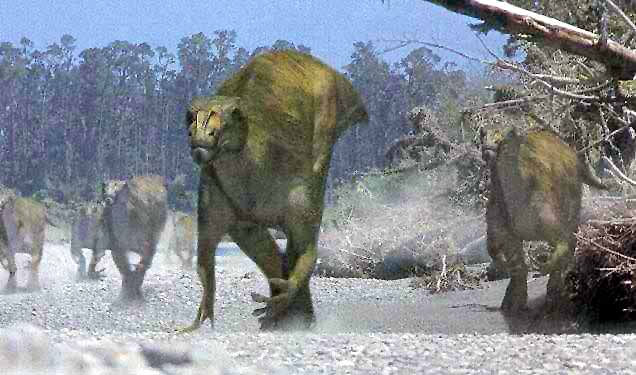
Muttaburrasaurus was Australia’s largest known herbivores before the discovery of the really large sauropods. These ornithopods are over 23 feet long and 2 tons when fully grown. They sport large thumb spikes like their more famous cousin Iguanodon. They also have inflatable sacks on their snouts that they could use for communication.
Back at the Australovenator nesting area, the parents make the difficult choice to leave their eggs and go hunting together. When the arrive at the game trail the herd is using, they see it’s a massive herd numbering in the hundreds. They zero in on a juvenile animal. The female is more slender than the male and uses her speed to surprise the herd. Once she gets them moving, the male moves in and cuts off the juvenile. As he attacks, an adult Muttaburrasaurus moves in to protect it. However, the female gets in it’s way and roars at the adult. She manages to keep it at bay while her mate attacks and kills the juvenile. Once it sees the youngster is dead, the adult moves off with the rest of the herd. As the parents prepare to drag the carcass back to the nest, they smell something. Another Australovenator is at the nest.
Once the parents burst through the dense forest, a very surprised Australovenator looks up from the nest. All the eggs are either smashed or eaten. In a fit of absolute rage, both parents leap onto the rival and begin to tear him apart. The struggling predator can only look on as his guts are ripped out and his blood pours onto the ground. He utters one last hiss before his throat is torn out by the father. The exhausted parents then turn to their destroyed nest. As night falls, they let out a mournful howl that fills the darkening sky.
In the next few million years, Australia will continue to drift farther north. The dinosaurs here will change alongside the environment. But millions of years later and thousands of miles away, a whole other batch of dinosaurs are perfectly suited to their environment. These are the desert dwellers of Asia.
Replies to Mesozoic Marvels: Episode 5
Hey Guest, want to add your say?
Are you an avid Jurassic World fan looking for a dedicated online community of likeminded fans? Look no further! Create your own profile today and take part in our forums and gain XP points for all the content you post!

